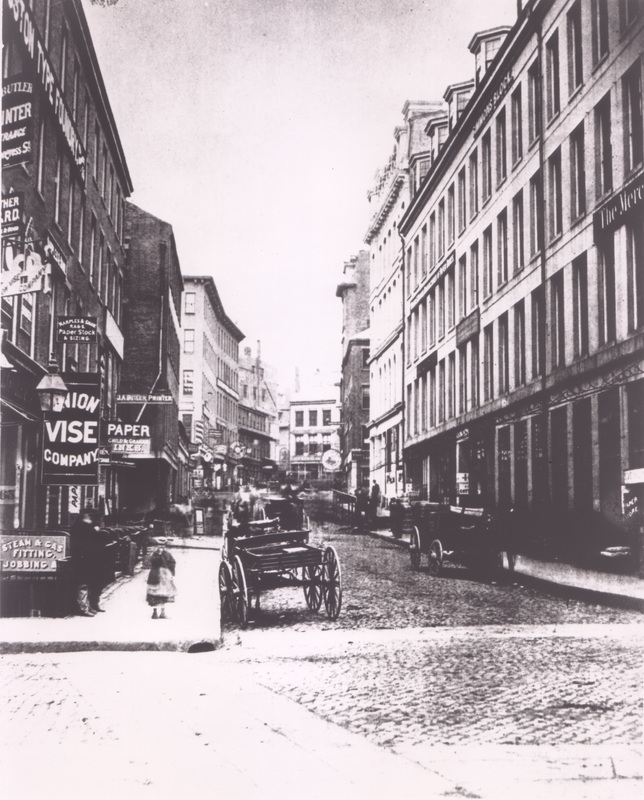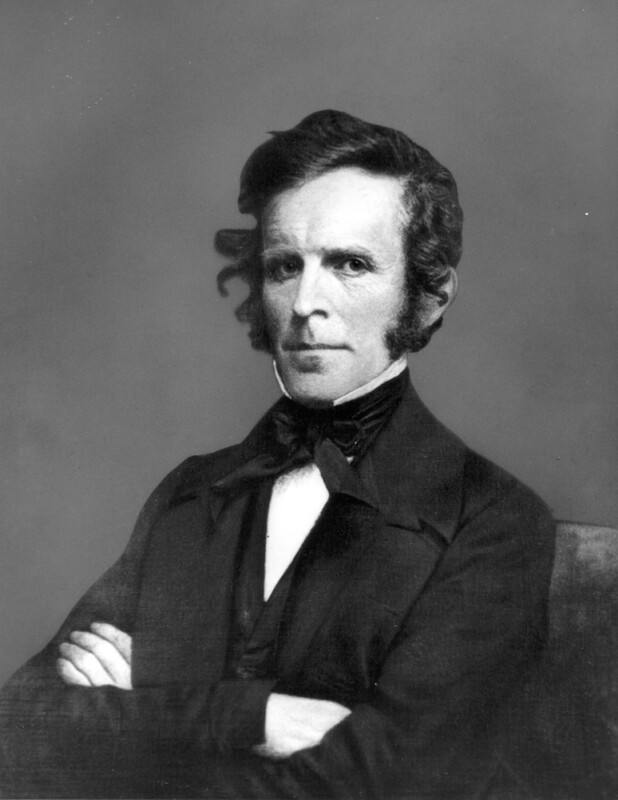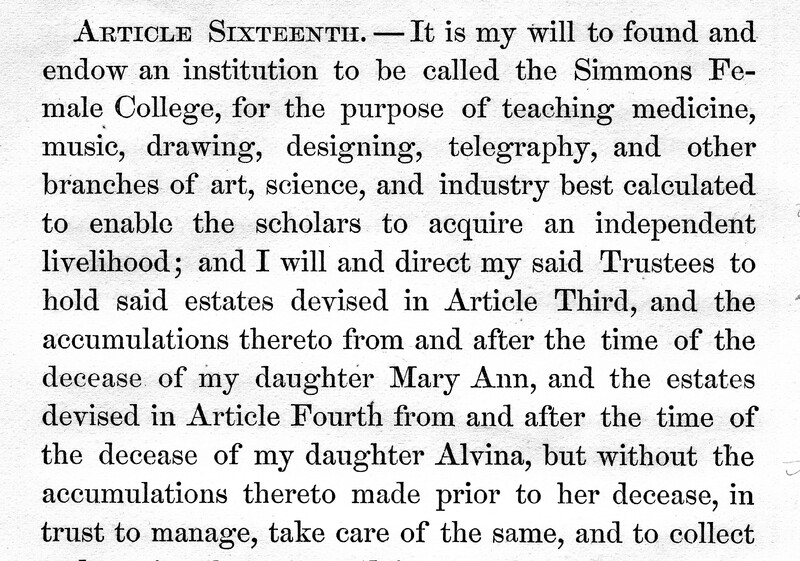The Beginning, 1899-1903
John Simmons (1796-1870), was a pioneering clothing manufacturer and prominent real estate developer in 19th-century Boston. After his death, his will provided for his remaining family– two daughters and two granddaughters–and stipulated the founding of an educational institution. As the document outlined:
“It is my will to found and endow an institution to be called Simmons Female College, for the purpose of teaching medicine, music, drawing, designing, telegraphy, and other branches of art, science, and industry best calculated to enable the scholars to acquire an independent livelihood.”
Actual funding for the institution did not become available for almost 30 years, as financing was delayed by the Great Fire of 1872. Simmons's real estate holdings were primarily located in Boston's Financial District and the Great Fire destroyed many of these properties. However, by 1899, sufficient funding had become available to establish the college John Simmons had envisioned.
The Massachusetts Legislature granted the charter to incorporate Simmons Female College on May 24, 1899. Simmons’s will provided no instructions to organize the College, making it a difficult undertaking.
The newly-selected Corporation members met in November 1899, drawing up statutes and by-laws, electing officers, and appointing a committee to study the educational situation abroad and in the United States, particularly in Boston.

[Reprint courtesy of The Bostonian Society]
View of the Simmons block (Water Street looking up from Congress Street) before it was destroyed in the Great Boston Fire of 1872, ca. 1865.
In early 1901, the College acquired an office in downtown Boston. In December, Dr. Henry Lefavour, a faculty member of Williams College, was appointed the College’s first president. Sarah Louise Arnold, Supervisor of Schools in Boston, was named dean. Dr. Lefavour prepared an organizational plan at the request of the Corporation, facing the task of implementing the plan with Dean Arnold. The Corporation had decided on an initial curriculum of Bachelor of Science degrees and certificates in Household Economics (including courses in teaching), Library Studies, Secretarial Studies, and General Science.The program in General Science later included courses in nursing and teaching. This curriculum did not cover the extent of the subjects mentioned in Simmons’s will, as the Corporation decided instead to focus on Simmons’s intent to provide students with a practical and professional education. As such, the selected areas of study allowed early students to pursue social, political, and economically independent lives at a time when very few women worked and even fewer attended institutions of higher education. By the fall of 1903, a staff of instructors was recruited and a faculty formed, composed of the president, dean, and senior department representatives. Everyone involved in this grand undertaking was determined to have Simmons Female College, renamed Simmons College in 1915, succeed in order for women to "acquire an independent livelihood."
The College opened its doors at St. Botolph Street to 146 students on October 9, 1902; the Class of 1906 would be its first graduating class. The building was adjacent to the School of Housekeeping, which the College had recently acquired from the Women's Educational and Industrial Union.
According to the 1904-1905 College Catalog, tuition was $100 a year not including laboratory fees. Annual room and board ranged between $250 to $300.
Students in the Secretarial Studies program met for courses in an office building near Copley Square, and Library Science courses were held at a house on St. Botolph Street. With approval from the Massachusetts Institute of Technology’s (MIT) President, students attended science courses at Robbins House, an MIT building on Boylston Street. These courses later moved to a leased building at 739 Boylston Street, providing laboratories for elementary chemistry and biology. The remaining space was used for typewriting rooms, classrooms, and general college offices.
In 1903, the Corporation purchased land next to the Isabella Stewart Gardner Museum for $180,000 to serve as the permanent College site. A four-story Main College Building (MCB) was designed and constructed in 1904, almost in time for the fall semester. Faculty, students, and staff moved in during the final stages of interior construction, stepping around the unfinished areas. A west wing was added in 1909 and an east wing in 1929, completing the 155,000 square foot MCB.

